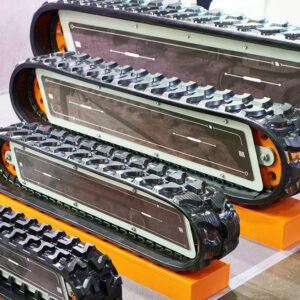
5 mistakes to avoid with resealable packaging
Packaging of a product plays an important part in customer experience. The quality of packaging, ease of opening the package, and use of recyclable or biodegradable materials can also influence consumer opinion. This is why one may opt for resealable packaging to make it easy to store and use the product. When choosing resealable packages for products, avoiding the following common mistakes can help one ensure a good customer experience: 1. Defective bags One of the potential issues with resealable packaging is that it may fail to serve its only purpose if damaged. For instance, the package may pop open after it has been sealed. So, the issue here is that the seal is not secure or sticky enough to stay shut. This is a major issue as resealable packaging is often used for perishable items like food. If the seal pops open, the contents may leak, making a mess. To avoid this mistake, one should test the seal beforehand. 2. Overlooking thickness The ideal thickness of a package depends on the kind of product. Choosing a material that is adequately thick also improves the durability of the package and determines its reusability. One can also trust a thicker material to carry heavier products with ease.











